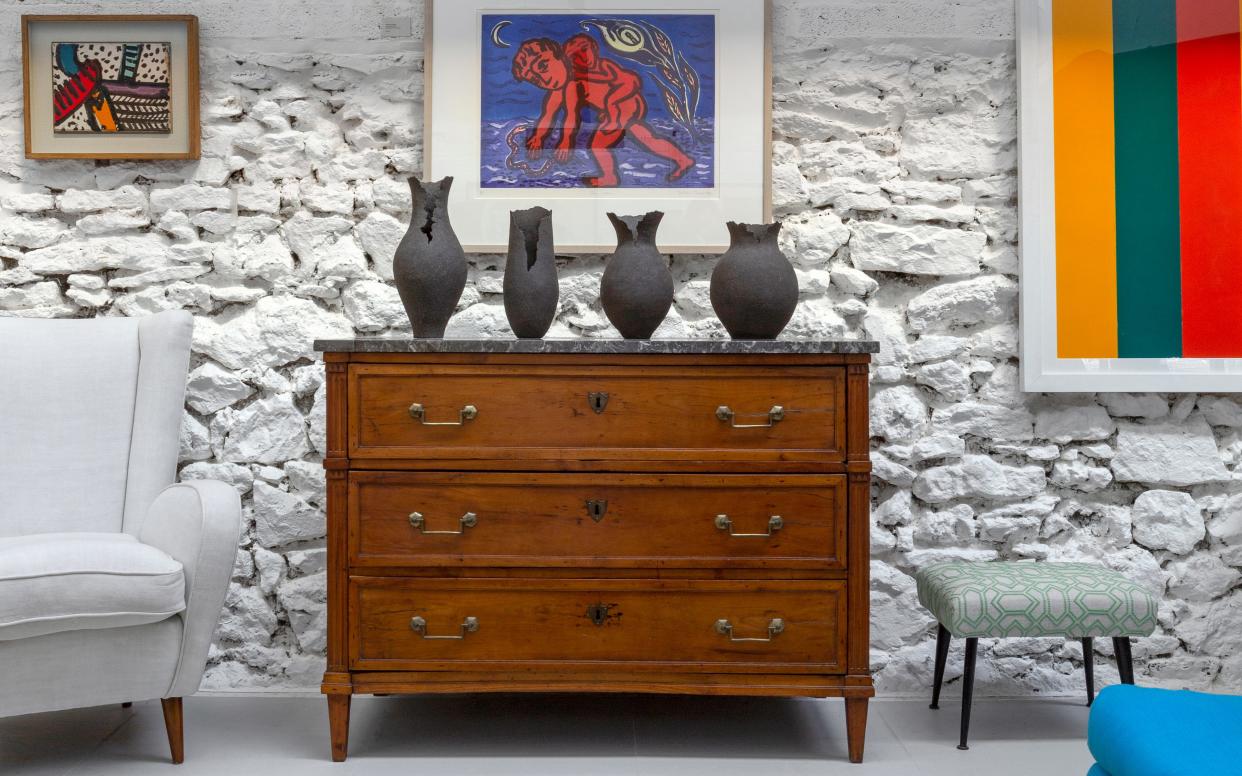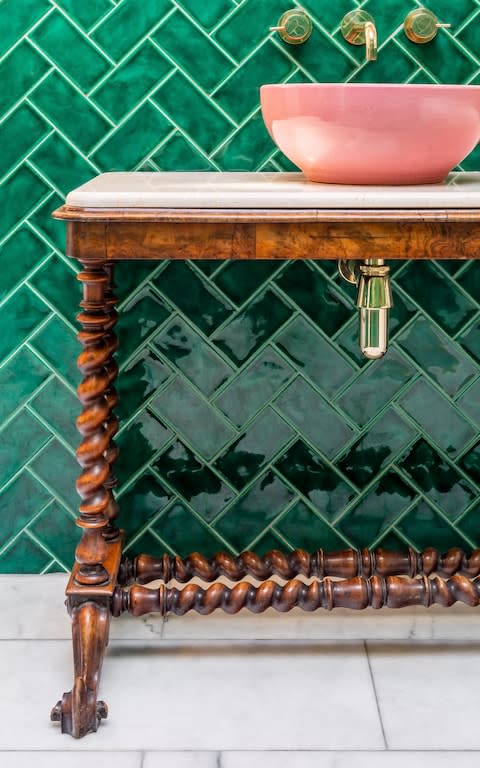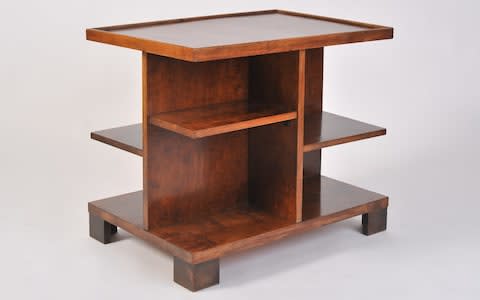Brown furniture is back in fashion - but how to make it work in your home?

Don’t throw out Granny’s old Victorian chest of drawers just yet – brown furniture is coming back. We’re not talking the sleek, streamlined golden hue of rosewood or teak, much favoured by the mid-century modernist Danes, but rather every shade of baked-biscuit oak and plum-pudding mahogany, through to glossy, mottled walnut.
The beauty of buying brown is that it is currently relatively cheap for what you get, due to it having fallen out of fashion over the past few decades.
‘When a Georgian or Victorian chest of drawers goes for less than £100, it’s not only cheaper than Ikea, but there’s no comparison in quality and sense of history,’ says salvage specialist Adam Hills, who runs the London design consultancy Retrouvius with his architect wife Maria Speake.

Witney-based antique dealer David Harvey agrees. Unlike modern MDF furniture, ‘these pieces were made to be used and restored over and over again’, he says. When buying brown furniture, look for pieces ‘in good condition, with a bit of a wow factor in terms of colour and grain’, adds Harvey.
Hills applies a sculptural eye to trawling through salvage: ‘I look at each piece individually by imagining it in a white box, assessing it on its own merits,’ he says. ‘Pieces with really figurative wood are like works of art because the grain is so strong and decorative.’
A sign of brown furniture’s return is that it is increasingly being used by young interior designers. At the chic Kensington gallery 8 Holland Street, curator Rowena Morgan-Cox and designer Tobias Vernon happily mix antique, vintage and modern.
Here, against crisp white walls, a pair of 1950s armchairs and a 1906 oak dresser sit alongside brightly patterned Murano glasses and a contemporary wall hanging. ‘Brown wood accents bring a sense of timelessness and an inherent British aesthetic to a room,’ says Vernon, who advises looking for a slightly raw finish, rather than high-gloss, to create something of a more modern look.

Morgan-Cox notes that the size of some antiques makes them unsuitable for today’s smaller living spaces. She favours pared-down Georgian, Victorian and early 20th-century Arts and Crafts pieces, such as quirky antique bobbin tables and Glasgow-style ladder-back chairs, for smaller, contemporary homes, because ‘they fit into any tight space and easily pair with modern design’.
Art deco specialist Dorian Caffot de Fawes shares the same ethos: ‘A 19th-century mahogany commode is terribly dull on its own, but topped with a striking 1950s lamp and a contemporary painting, it feels uncontrived, fresh and modern,’ he says.
For antique dealer Edward Hurst, less is more. ‘It’s about one strong, beautiful piece anchoring a room,’ he explains. ‘Like a pre-Chippendale bookcase standing against the raw wall of a barn. People don’t want to feel like they live in a museum any more.’

Falling in love with brown furniture again also means renewing our appreciation of the skills and traditions of English furniture-making – dovetail joints, turned legs, recessed brass handles, marquetry inlays.
Buy pieces that you will use, love and appreciate, advises Hurst. ‘Don’t think about the investment side – it might hold its value, it might not. Rather, embrace its history and the romance of its scratches, ink blots or wine-glass shadows.’
And think laterally: ‘Use an 18th-century hall chair for storing towels on in the bathroom, or use an 1820s farmhouse table as an office desk,’ he continues.
‘And enjoy the magical sense of time travel that each piece brings. I love sitting on a chair from 1740, imagining someone else doing the same thing as I am right at that moment, but just 280 years ago.’


